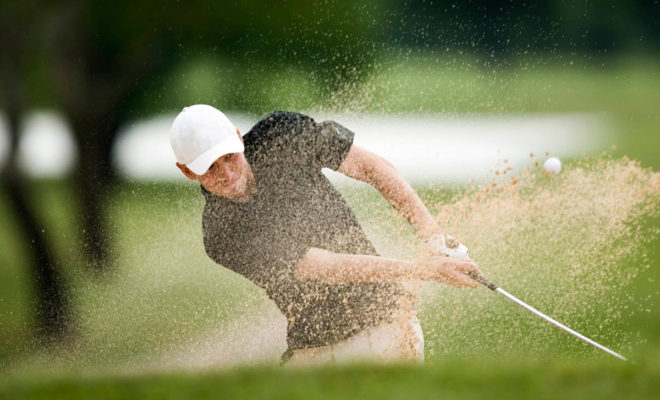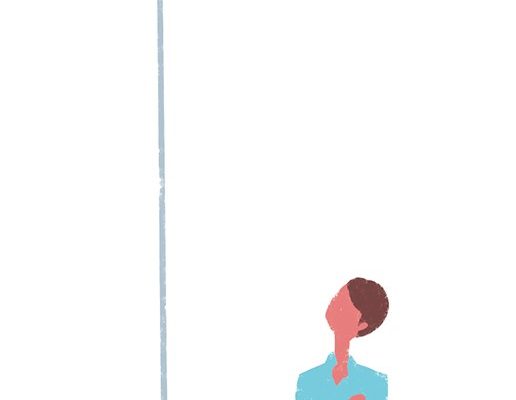Day at the Beach: Know Your Bunkers

With summer now in full swing, and everyone playing a lot more golf, it’s appropriate that we talked about non-water hazards on a golf course, bunkers. Under the Rules of Golf, these hazards are not traps (you will get out of it at some point!), but a bunker by definition is a hazard consisting of a prepared area of ground, often a hollow, from which turf or soil has been removed and replaced with sand or the like. A ball is considered to be in the bunker when any part of it lies in or touches the bunker. Below are five fun facts/rules about bunkers.
A player can place his/her clubs or bag in a bunker.
A common myth amongst many golfers is that they are not allowed to place their clubs or bag in a bunker that their ball is located in. NOT TRUE! Decision 13-4/0.5 allows for a player to place an object such as a club or a rake in the bunker without penalty. The Rules, as supported by this decision, consider that this not testing the condition of the hazard.
A player cannot remove loose impediments while his/her ball is in the bunker.
Under Rule 23-1, a player is not entitled to move loose impediments (sand, leaves, twigs, etc.) from a bunker when their ball lies in the same bunker. A player can be penalized whether they use their hands to remove the loose impediment or when they touch sand or move the impediment on their backswing. The penalty in match play is loss of hole, and in stroke play, it is 2 strokes. Charlotte Thomas, a player from the University of Washington, incurred a loss of hole penalty during this year’s NCAA Championship when she grazed sand on her backswing and then hit her ball out of the bunker. Fortunately for her, her team won the national championship.
If searching for a ball in the bunker, a player is allowed to move sand or other loose impediments covering the ball.
Wait … above I said that you cannot remove loose impediments while your ball is in the bunker. Well, there is one exception. Rules 12-1a and 12-1b allow a player to search for their ball when it is covered by sand or loose impediments. If found, identified and/or moved, the following must occur:
- If covered by sand, the player must re-create the lie as nearly as possible by replacing the sand leaving a small part of the ball visible. If the ball was moved, it must be replaced.
- If covered by loose impediments in a bunker, the player is allowed to touch and move the loose impediments to the extent necessary to find the ball. If found and identified, the player must replace the loose impediments covering the ball. If the ball was moved, it must be replaced.
A bunker can be raked before a stroke is made when the ball lies in the bunker.
This is true, but, listen carefully. Rule 13-4, Exception 2 allows a player at any time to smooth sand or soil in a hazard provided this is for the sole purpose of caring for the course and nothing is done to breach Rule 13-2 (stance, lie of ball or line of play is not improved) with respect to his/her next stroke. This is a change that occurred in the Rules recently and gives players a great reason to always practice good etiquette with regards to their fellow golfers.
If a player declares their ball unplayable in a bunker, the player must drop their ball and stay in the bunker.
Unless the player is proceeding under Rule 28a (Ball Unplayable – stroke and distance), if a player declares their ball unplayable in the bunker and proceeds under the two other relief options as provided in Rule 28, the play must drop the ball in the bunker. Furthermore, the player still incurs the 1-stroke penalty under Rule 28.











